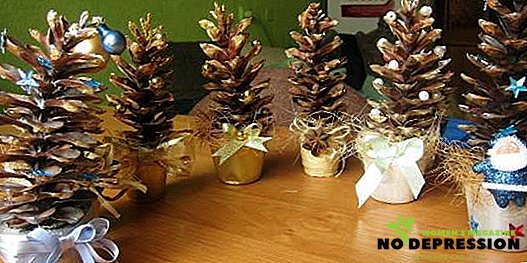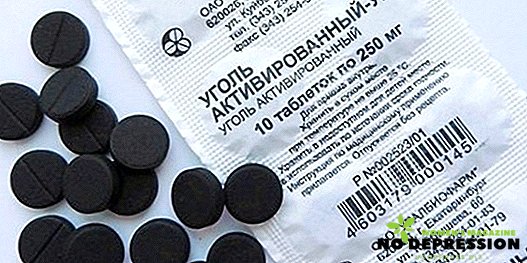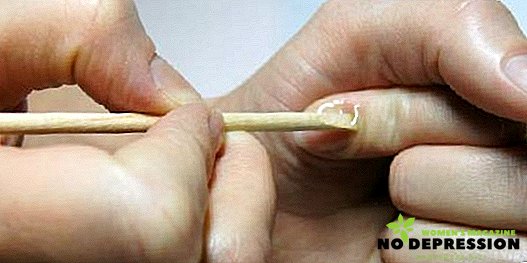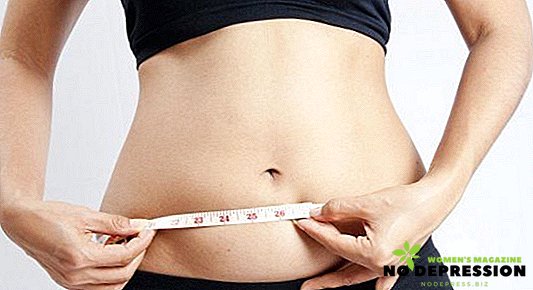Many people experience various oral inflammations, namely, gum inflammation. For the prevention and treatment of such illnesses, there is a medical drug called Asepta, which, like any other medicine, has indications and contraindications. Therefore, before you begin treatment, you need to become more familiar with this drug.
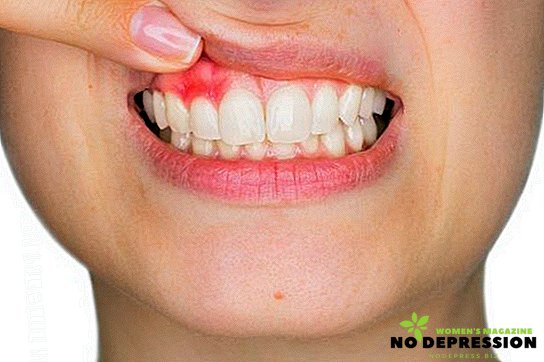
Forms of release and composition
Asepta is a combined therapeutic drug that is intended for the prevention and treatment of infectious and inflammatory processes occurring in the human oral cavity.
The main component of Asept is 10% propolis extract, which has analgesic, antipruritic, anti-inflammatory and antimicrobial properties.
Also, propolis helps speed wound healing and activates metabolic processes in the body.
In addition to it, depending on the form of release, other auxiliary antibacterial components are included in the composition of this medicinal product.
Asepta is available in the following forms:
- mouthwash;
- Toothpaste;
- gel.
Each form of release has a specific therapeutic or prophylactic effect and has a certain composition.
Gel types
Purpose and composition of different forms of Asepta:
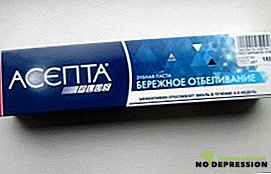 Balm. It has an antibacterial effect on the gums, namely it eliminates their bleeding and inflammation, as well as gives freshness to the breath. The composition of this form of the drug consists of chlorhexidine digluconate and metronidazole.
Balm. It has an antibacterial effect on the gums, namely it eliminates their bleeding and inflammation, as well as gives freshness to the breath. The composition of this form of the drug consists of chlorhexidine digluconate and metronidazole.- Gel. Reduces pain, has a healing effect on periodontal tissue and strengthens the gums. The composition includes propolis extract and vitamin-mineral complex (A, C, D3, B3, B6, B9, calcium and coenzyme).
- Toothpaste. It is a hygienic means for the care of the oral cavity, helps eliminate inflammation of the gums. In addition, this tool perfectly removes plaque on the teeth and freshens breath, and also has anti-inflammatory and anti-caries properties. In addition to propolis, extracts of calendula and St. John's wort are part of Asept toothpaste.
Purpose
This drug is prescribed to patients who have the following problems in the oral cavity:
- acute or chronic gingivitis;
- chronic or acute periodontitis;
- stomatitis;
- trophic ulcers;
- bleeding, hypersensitivity and other diseases of the gums;
- avitaminosis;
- post-extraction alveolitis;
- caries;
- plaque.
Instructions for use
 Asepta Gel is a dental tool that effectively fights the initial forms of periodontitis and gingivitis, and also prevents the development of these diseases.
Asepta Gel is a dental tool that effectively fights the initial forms of periodontitis and gingivitis, and also prevents the development of these diseases.
But it should be borne in mind that with the permanent form of periodontitis and gingivitis, it is not effective.
Many dentists prescribe this gel to patients with stomatitis, trophic ulcers, sore gums, and other unpleasant sensations in the mouth.
There are no age restrictions on the use of Asept gel, so it can be administered to both adults and children. As for contraindications, they are absent, with the exception of hypersensitivity to propolis or other auxiliary components that are part of this drug.
To make gel treatment more effective, the following rules must be observed when applying it:
- Before you apply the tool to the gums, you must first with a regular toothpaste and brush to clean the entire oral cavity.
- After that, the gums should be dried. To do this, they can blot with a cotton swab or tissue.
- Apply a thin layer of gel to the inflamed part of the mouth or gums.
- In order for a dental remedy to penetrate better into the gums, it is necessary to refrain from drinking and eating at least thirty minutes. Otherwise, the food will erase all the smeared gel, and the person will not receive the expected effect of the treatment.
- Treatment should be systematic and carried out within one to two weeks, two to three applications per day (it all depends on the severity of the disease).
For high performance, it is recommended to remove plaque and plaque before use.
Side effects
Dental medication Asept has no side effects, except for the appearance of allergic reactions, and then they occur when the patient is hypersensitive to the components that make up this tool.
Due to the fact that the components do not cause any side effects, and does not penetrate into breast milk and blood, it can be used for women during pregnancy and lactation. However, in order to avoid various problems, women should always consult with a doctor before using this drug.
Cost of
The price of Asepta depends on the form of release and the manufacturer. In our country, the average cost of such a drug is:
- gel (tube of ten grams) - 230 rubles;
- Balsam (ten-gram tube) - 210 rubles;
- toothpaste (tube volume seventy-five milligrams) - 185 rubles.
Similar drugs
In Asepta, like any other means, there are analogues that have similar medicinal properties, but differ in composition, price and name. The most common analogues of this dental tool are:
- Solcoseryl. This drug is prescribed for trophic ulcers and other wounds formed in the mouth. It contributes to the rapid healing of open wounds, has analgesic and anti-inflammatory effect. It is not recommended for use in patients who are prone to allergic reactions to components Solcoseryl. The cost is about 350 rubles for one twenty-gram tube.

- Holisal gel. It is an excellent anti-inflammatory and antiseptic. It is often prescribed for the treatment of periodontal disease, stomatitis and gingivitis. This analogue is contraindicated in children up to one year, pregnant women and breastfeeding. From side effects can be identified short specific burning sensation on the treated area. Price Holisal gel (ten grams tube) - from 250 rubles.
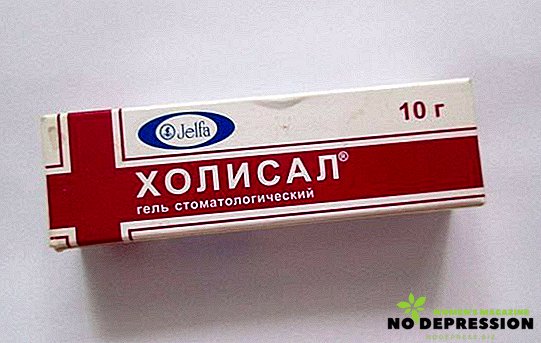
- Forest Balsam. This analog is the most common remedy for inflammation of the gums. It has soothing, anti-bacterial and anti-inflammatory properties. All components of the balm - organic plants (pharmacy chamomile, celandine, nettle, yarrow). The main thing is that this tool has no contraindications, except for hypersensitivity to the components that are included in its composition. The cost of a four-gram tube is about 160 rubles.

Other dental remedies for gums
The most effective gum painkillers are:
- Dentol. The analgesic effect occurs a minute after smearing. The cost of this drug varies from 190 to 250 rubles.
- Metrogil Dent. Able to remove minor toothache and pain in the gums, perfectly disinfects. The price is 260 rubles.
- Kamistad. Includes lidocaine. Therefore, people whose body reacts negatively to lidocaine should refrain from using this ointment. It has a strong analgesic effect. The average price is 250 rubles.
- Dentinox. Instantly relieves pain when teething in children. Among the shortcomings can be identified its constituent lidocaine. The cost of this gel is 330 rubles.
- Baby doctor Contains only natural substances. It is used to relieve toothache in children of any age. The price varies from 300 to 320 rubles.
- Pansoral. Facilitates teething, as well as relieves virtually any other toothache. Price - from 360 rubles.
Application Reviews
At the moment I am forty-five years old, where a couple of years ago the dentist diagnosed me with periodontal disease of the oral cavity and recommended using Asept's gel.
When I came to the pharmacy, the first thing that surprised me was its price, which at that time was about one hundred and fifty rubles. Upon arrival home, I opened the package and found a special plastic spatula with a gel, which, it turns out, needs to be applied to the gums. Since this spatula was very hard, and even with sharp edges, I did not dare to use it (as it hurt my mouth and everything) and applied the gel to the gums with a finger.
After a ten-day treatment with this remedy, I had all the symptoms of the disease, which do not torment me to this day.
Asept's drug was satisfied, except for low-quality spatula.
Elena, 45 years old
A couple of weeks ago, I felt pain in my gums, because of which I couldn’t chew food properly. On the advice of the dentist, I bought Asept Balsam from a pharmacy. Began to apply it according to the enclosed instructions, twice a day (in the morning and in the evening). Already on the third day of its use, I felt a significant improvement, but the ten-day course, as was said in the instructions, I still continued. At the moment I have no problems with the gums, in addition, the bad breath has disappeared.
Alexey, 37 years old


 Balm. It has an antibacterial effect on the gums, namely it eliminates their bleeding and inflammation, as well as gives freshness to the breath. The composition of this form of the drug consists of chlorhexidine digluconate and metronidazole.
Balm. It has an antibacterial effect on the gums, namely it eliminates their bleeding and inflammation, as well as gives freshness to the breath. The composition of this form of the drug consists of chlorhexidine digluconate and metronidazole.


